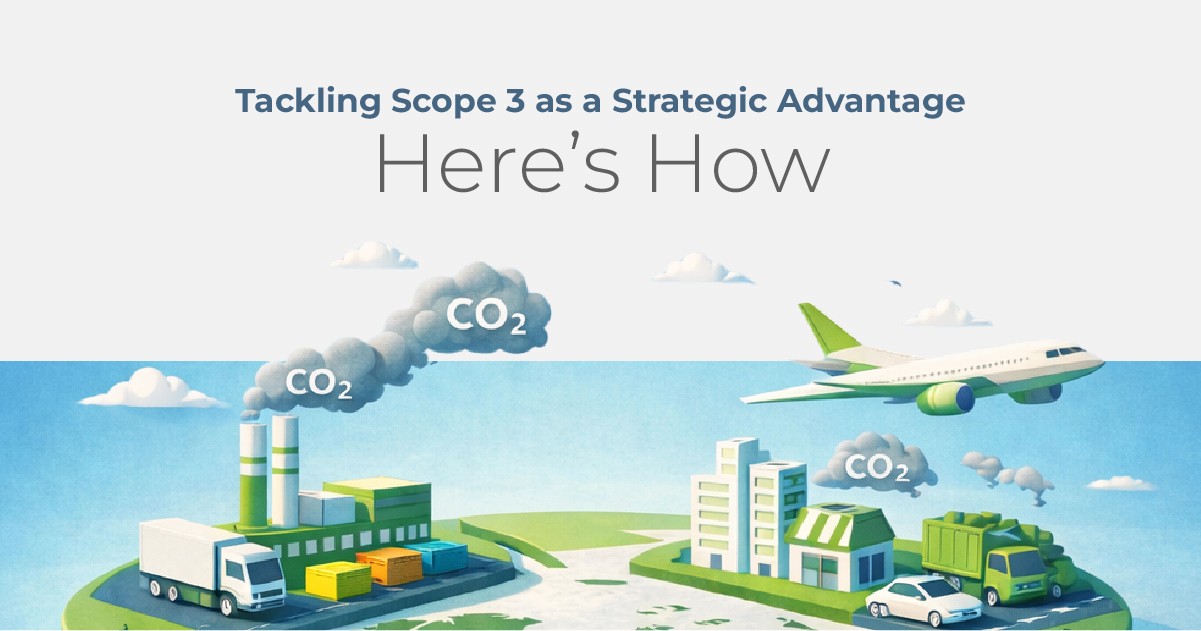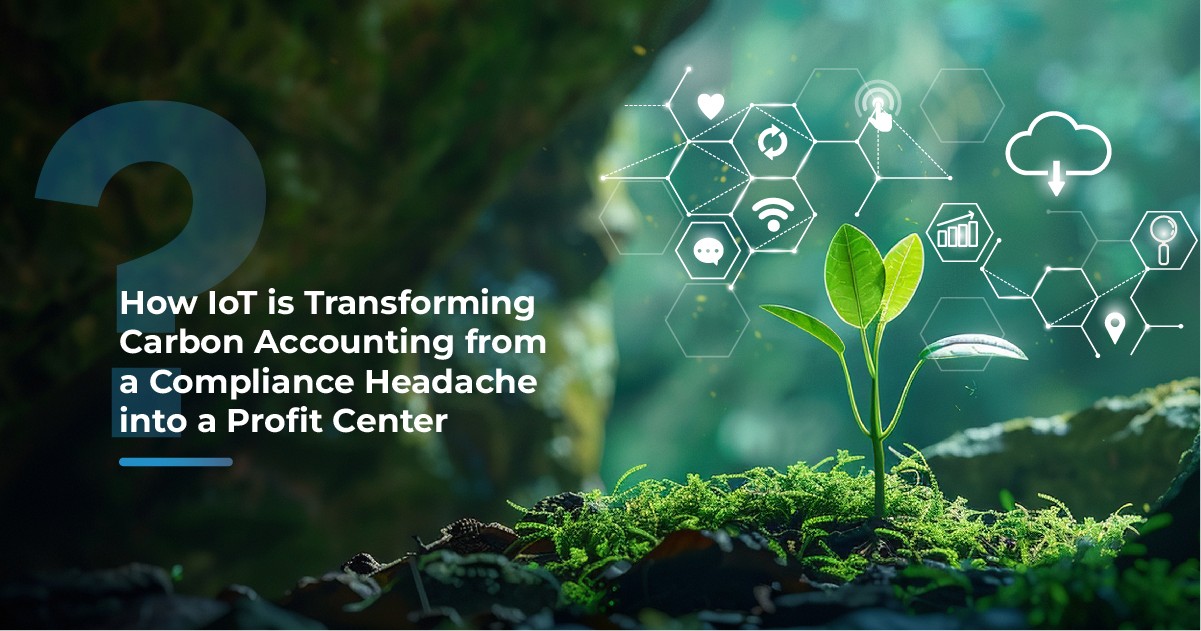The Carbon Border Adjustment Mechanism (CBAM) is a framework that links climate policy with international trade. Due to the EU's increasing path towards climate neutrality targets, CBAM will ensure that the carbon costs incurred by imported goods will be as significant as those incurred by EU producers. This guide will outline the background, purpose, timing, and mitigation efforts needed to comply with CBAM and offer practical tools for businesses adjusting to CBAM.
The Genesis and Purpose of CBAM

CBAM was crafted because of the expansion of the European Union (EU) climate targets and the phenomenon of "carbon leakage." This signifies that the companies are likely to relocate their production to countries with more relaxed emissions standards. By introducing a carbon adjustment mechanism, the instrument aims to align with the carbon emission policies of the EU and to induce the decarbonization of the whole world.
Purpose of CBAM:
Here are the key pointers that outline the purpose of CBAM:
Carbon Leakage Prevention: The tool is set up to prohibit the ETS fraud by companies that withdraw from the EU in order to save on carbon costs.
Fair Carbon Pricing: The establishment of a fair carbon price is a necessary condition for ensuring international fair competition.
EU Green Deal: This scheme is the main part and the main financial support system through which the EU will achieve its set objectives.
CBAM Timelines and Implementation
CBAM is being implemented in different phases so that businesses can adjust to the new rules. Understanding these time frames is indispensable for companies to do the groundwork for new reporting and compliance requirements.
Transitional Phase (Oct 2023–Dec 2025):
Importers are required to report the emissions embedded in the covered goods.
There is no need to pay for carbon certificates in this period.
The primary aim is to get the data, expose corrupt practices, and test out the system.
Full Implementation (Jan 2026 onwards):
Importers will need to buy CBAM certificates and return them later, based on how much carbon is in the goods they've brought in.
The prices of CBAM certificates will be determined based on the EU ETS carbon price.
Report Submissions:
Requirements still include detailed emissions accumulation for covered goods that have to be done every three months.
UK CBAM:
In 2027, the UK will install its CBAM, which will lead to the global reach of the carbon border adjustments being extended.
Future Expansion:
The EU is looking to include CBAM within other future sectors, and given that we're seeing more CBAM expansion in more countries.
Industries in the CBAM Spotlight
The CBAM is aimed primarily at carbon-intensive sectors. All of these sectors will need to comply to access the EU market.
Focused Sectors:

Electricity: The carbon intensity of imported electricity is going to be evaluated.
Fertilizers: GHG emissions from nitrogen-based fertilizers.
Aluminum: The fuel-based electricity consumed during the production of aluminum is enormous.
Cement: Energy utilization and chemical processes lead to significant CO2 emissions.
Iron and Steel: The energy-intensive production processes result in emissions.
Hydrogen: Emissions for Hydrogen depend on the production method, which determines how clean or dirty the production is.
Establishing a Carbon Baseline
A carbon baseline defines the greenhouse gas emissions contained within products. Setting this baseline will form the basis for CBAM compliance and future emission reduction actions. Key steps include:
Identify Emission Sources: Identify all direct (Scope 1) and indirect (Scope 2 and 3) emission sources in its value chain.
Data Collection: Accurate data from suppliers, production processes, and logistics.
Use Standardized Approaches: Global, established, accepted, and recognized standards (e.g., GHG Protocol, ISO 14064).
Document and Verify: Document and verify through a third party, where necessary. Refresh the baseline when changes occur in its production processes or supply chains.
Building Sustainable Supplier Networks
Supplier emissions represent a product’s total carbon footprint. Buyers need to remain engaged with suppliers as part of good reporting practices, as well as making real carbon reductions. Key strategies include:
Outline Requirements: Clearly communicate the CBAM expectations and reporting requirements with your supplier.
Pooled Resources/Data Sharing: Get the suppliers to share verified emissions data with you via a collaborative method.
Capacity Development: Train your suppliers and provide resources to help them develop better carbon accounting skills.
Life Cycle Assessment (LCA) for Exports to the EU
Life cycle assessment (LCA) is a structured process that identifies the influence of the environment on an individual product through the various stages. For CBAM, LCA is important because it can help us estimate embedded emissions. The important aspects of LCA are as follows:
Inventory Analysis: Assess the input and output of both materials and energy used in a process or system.
Impact Assessment: Quantify environmental impacts, mainly on greenhouse gas emissions.
Interpretation: Understand the results and look for opportunities for potential emission reduction.

Leveraging AI to Simplify CBAM Compliance
The advent of artificial intelligence (AI) is changing companies' views of compliance with CBAM. Through the automation of data collection, analytics, and reporting, companies will be able to recognize and develop strategic possibilities out of regulatory hurdles. The following are opportunities AI can create:
Automated Data Collection: Gathers emissions information from suppliers and internal systems.
Real-time Monitoring: Alerts you when you are nearing the compliance threshold.
Simplified Life Cycle Assessment: Provides sophisticated analytics tools for improved life cycle assessments.
Automated Reporting: Creates reports for regulators that are CBAM compliant.
Scenario Analysis: Helps companies prepare and prospectively think about changes in regulations and market circumstances.





